16:00
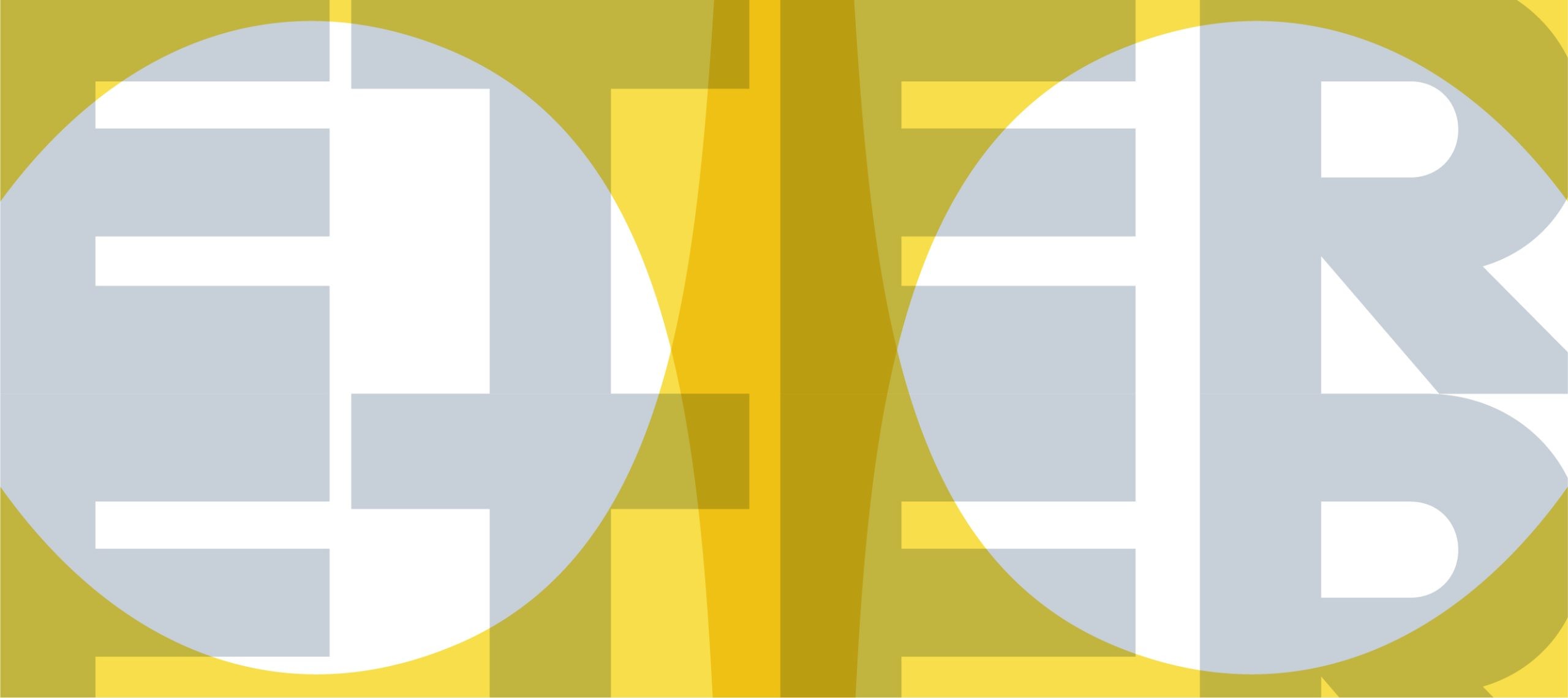
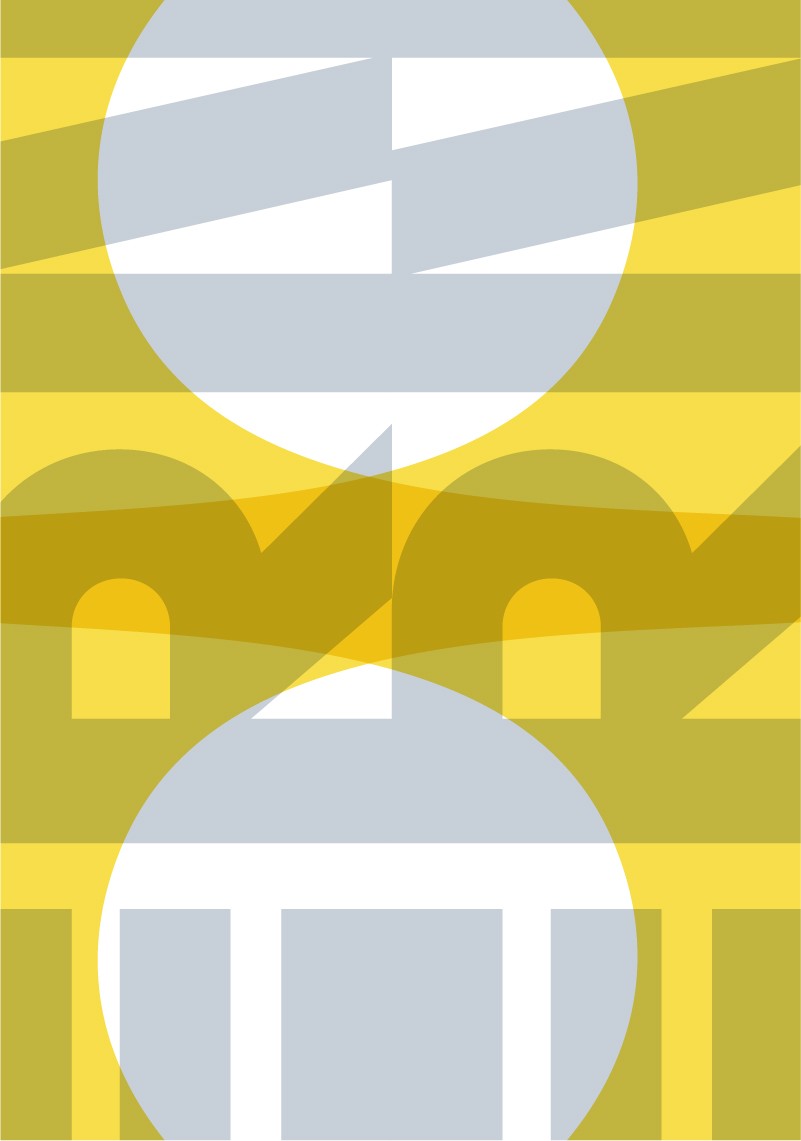
How do we mark time? We observe change as a measure of time passing. It’s the law of life, that when a living cell senses a capital threat, it multiplies. It wants to live forever. When a living cell encounters an environment it can thrive in, it tends to prolong its life. It wants to live forever.
Eternity is planted in our hearts, as we read in the Ecclesiast 3:11. It’s the most basic content of everything alive, physical and metaphysical. We have a reflexive need we cannot escape: to mark time, because we observe its passing. Sometimes we escape it by attempting to stop the moment, to stop change. Or we transgress time by stepping out of it through capital change, through complete transformation of our matter, that is, through healing.
Art and religion share the spiritual goal of eternity seen as ritualic attempt, as a bet. The Chosen one, who through their high vibrations and sensitivity walks into the dark caves of Plato to bring about the light of the soul – the artist, the doctor, the scientist and the priest, or the shaman (Alan Watts) – sometimes impersonated by a singular character, impregnate themselves with eternity’s light and the responsibility to share it to their communities. In the solitude of their chambers, the artist’s practice, similar to the monastic one, is an effort to reach the perpetual state of revelation, through ritual. They both attempt to find that moment that needs no change: the eternal perfection.
Through our worldly lens, we can be the public, the witness to change. But we may also be complicit to spiritual gestures, to the rites of passage, entering their realm, alowing silence, harmony, healing and nostalgia to warm up in eternity’s light. What does our existence mean from the eternal perspective? What do we do about it? As we paraphrase Blaise Pascal’s bet (1623-1662) – what’s your bet on Eternity?
Artists
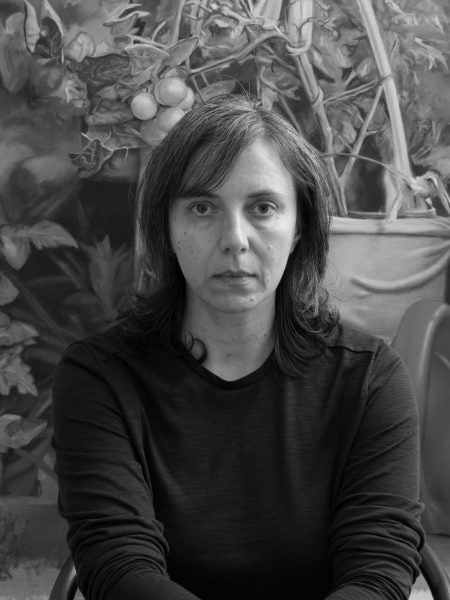
Ana Maria Micu
(b. 1979) lives and works in Botoșani. The artist is exclusively represented globally since 2018 by Mind Set Art Center Taipei. She mostly paints, but sometimes switches to other mediums, such as drawing and animation. She refrences ideas and images that she observes in relation to changes in her living space, in which she also works, or negotiations on resources required by an ambition to garden in inappropriate conditions. In 2024 Mind Set Art Center presents her solo show “Woman, Scaffolding”. Another major solo exhibition of her is “Left Hand To Distant View” at the 4th floor of The National Museum of Contemporary Art, Bucharest in 2022, preceded by “Objects Must Be Comfortable” at Mind Set Art Center.
Significant group museum exhibitions are “The Poetic Realm” at Yu-Hsiu Museum of Art and “12 Years After. A Survey of Romanian Art in 180 Works” at The National Museum of Contemporary Art in Bucharest. In 2004, Micu graduated with a Master’s degree in Visual Arts from the University of Art and Design in Cluj-Napoca, Romania.
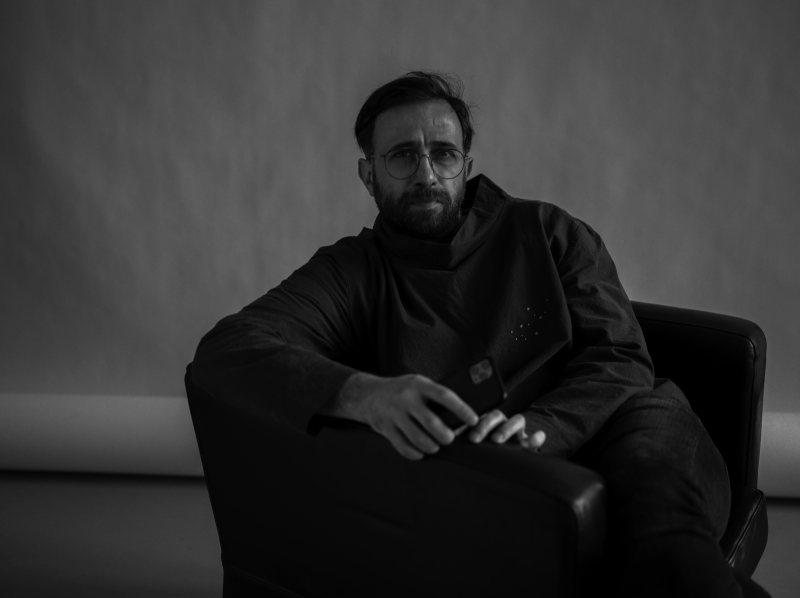
Bogdan Gîrbovan
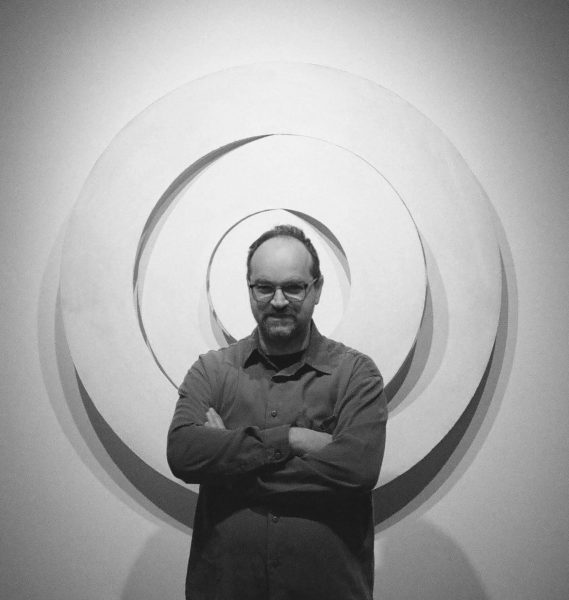
Ciprian Mureșan
(b. 1977 in Dej, Romania) lives and works in Cluj. Graduated in 2000 from The University of Art and Design, Cluj.
Co-editor of VERSION artist run magazine. From 2005 editor of IDEA art + society magazine. He has been the subject of numerous solo exhibitions, including Galerie Éric Hussenot, Paris, France; Museum of Art Cluj-Napoca, Cluj, Romania; Tate Modern, London; Ludwig Museum- Museum of Contemporary Art, Budapest. Among his recent group exhibitions are Mudam, Luxembourg; Centre Pompidou, Paris, France, New Museum, New York, NY.
In 2009 Mureșan represented Romania at the 53rd International Art Exhibition — La Biennale di Venezia and this year, 2024, he is the curator of the Romanian Pavillion at the same Biennale, presenting the project What work is by artist Serban Savu.
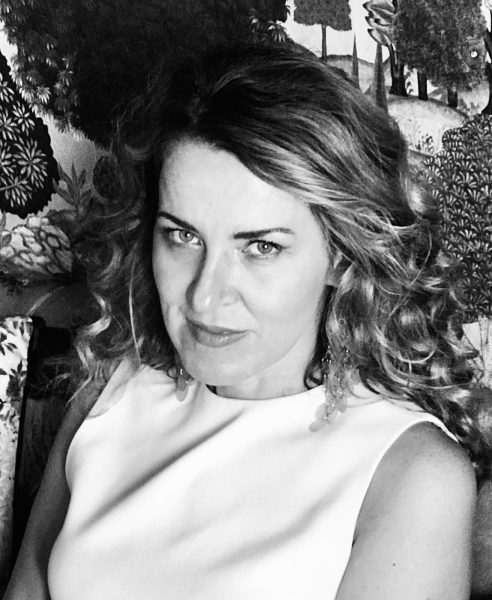
Gabriela Vanga
Curator
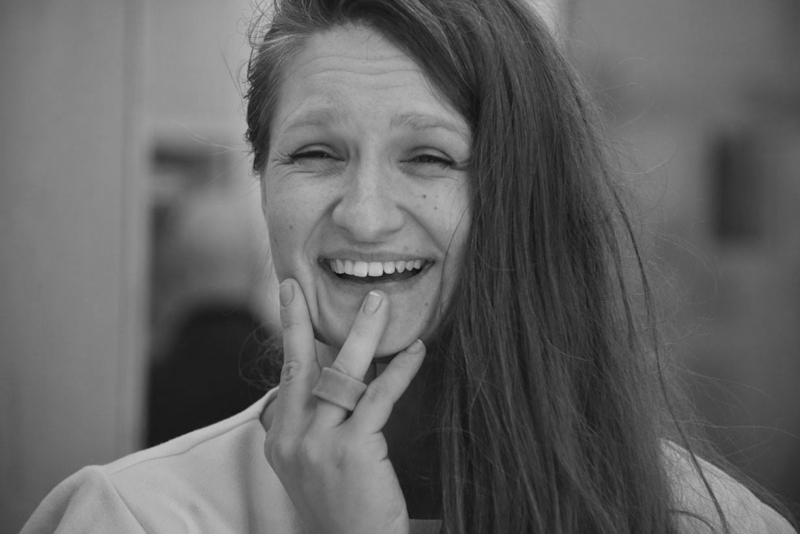
Marlene Herberth/KraftMade
KraftMade Research&Lab is a craft and design studio in rural Transylvania by duo Marlene and Alex Herberth, working with heritage techniques, educating for regenerative futures. They create site-specific, materials exhibitions, performative objects and unique capsule collections/editions. Their current practice highlights hands-on education and restoration initiatives via craft techniques that focus on wood, iron and stones, but also textiles, plants, fibers and bones. Their curatorial approach is invasive, visceral and maximalist, addressing all senses and its scope manifest. Their method is interdisciplinary for a regenerative future with aid of heritage research.